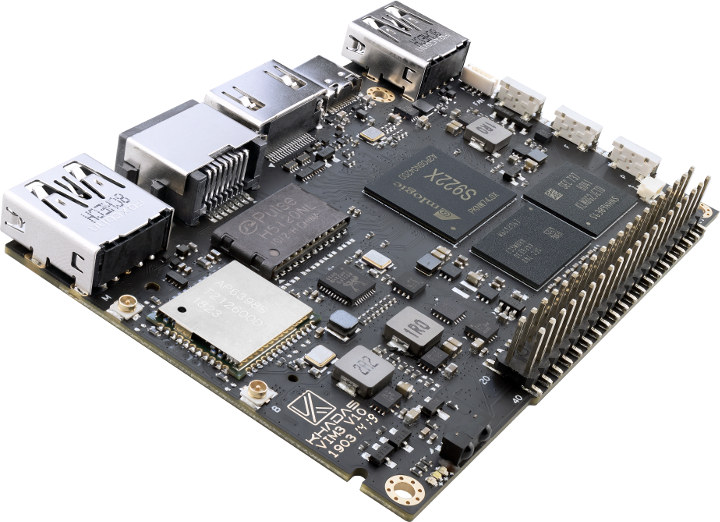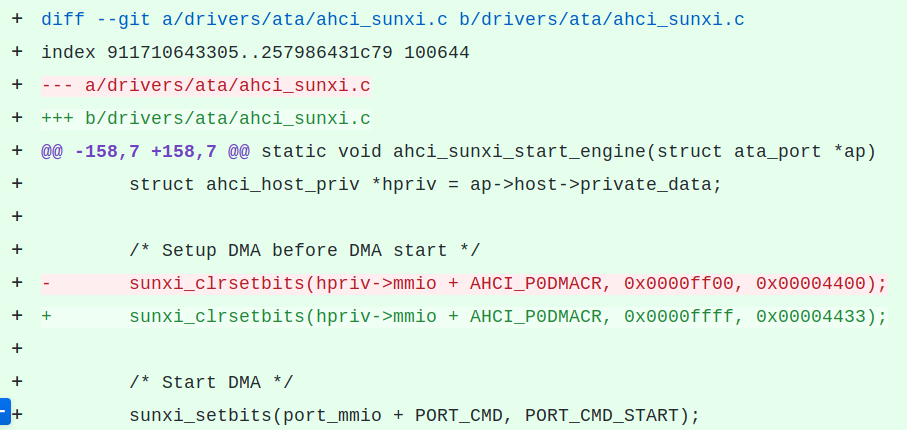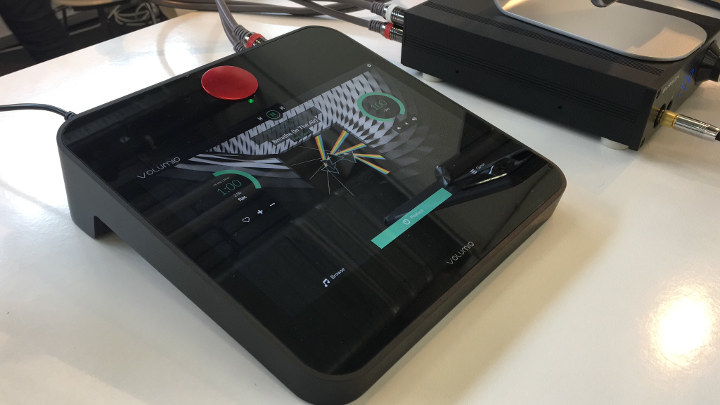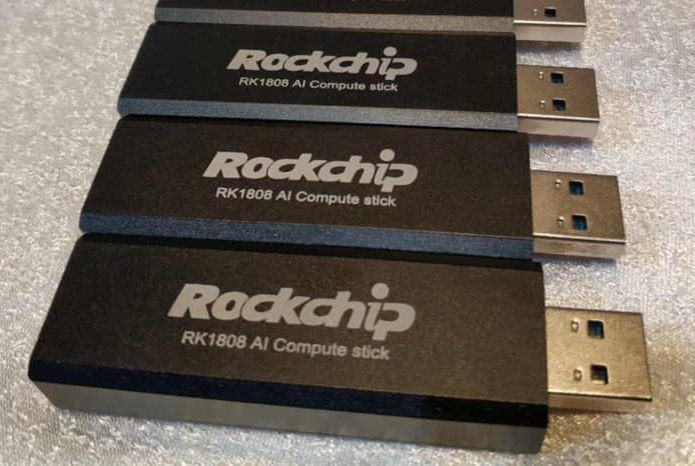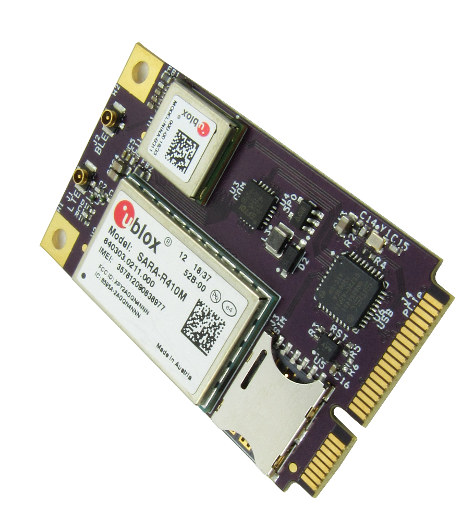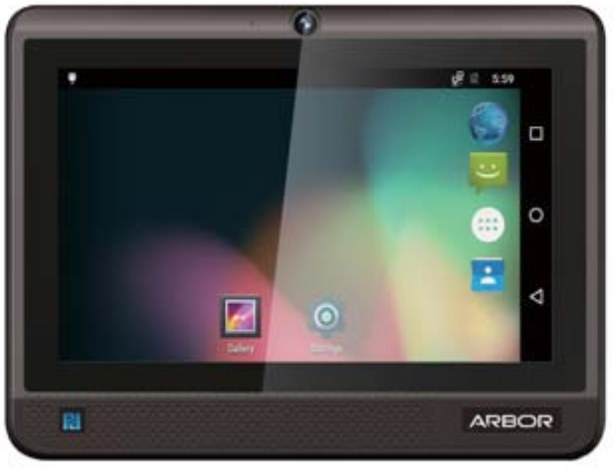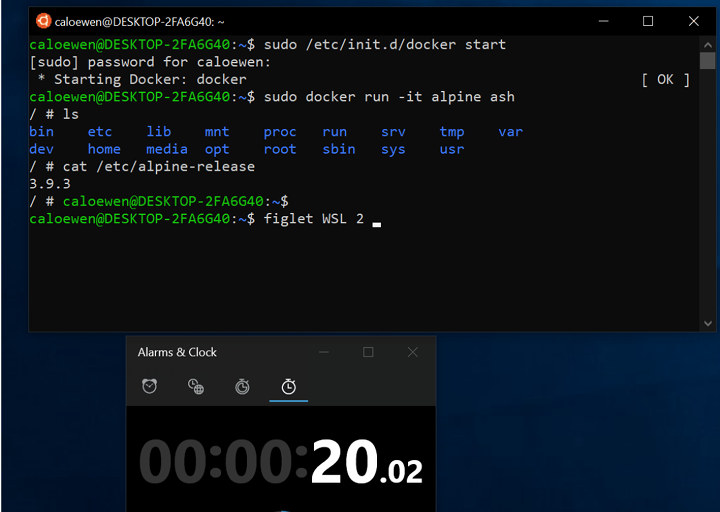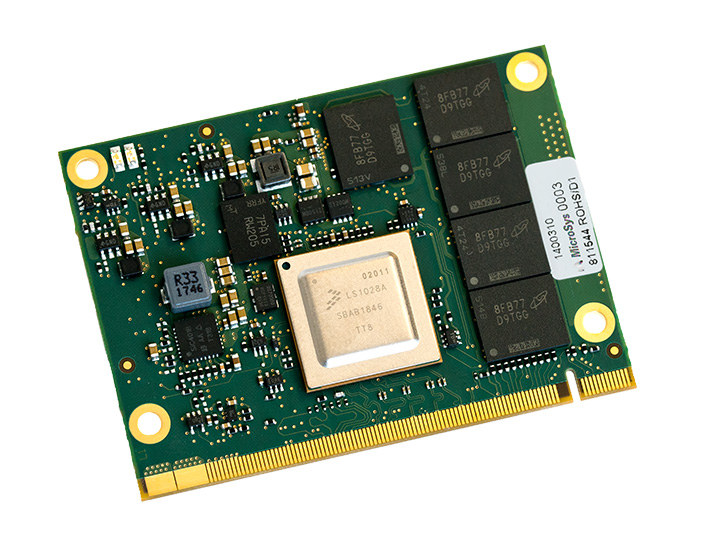Ever since the Amlogic S922X powered ODROID-N2 SBC launched last March, I keep reading praise for the processor and board which both deliver great performance at a relatively low price. Hardkernel was the only company that sold such a board so far, but this is about to change with some competition coming from Shenzhen Wesion with their upcoming Khadas VIM3 board that includes 2 to 4GB RAM, 16 to 32GB eMMC flash storage, a wireless module, support for M.2 NVMe SSD, and more. Even though more are planned in the future, two Khadas VIM3 models have been announced so far – Basic and Pro – with the following preliminary specifications: SoC – Amlogic S922X hexa-core processor with 4x Arm Cortex-A73 and 2x Cortex A53 cores, Arm Mali-G52 MP4 GPU, built-in Cortex-M4 core for “always-on” processing MCU – STMicro STM8S003 with Programmable EEPROM for power management, customizations, and boot media configuration […]
How One Line of Code Tripled Allwinner A20 SATA Write Performance
If you’ve been following this blog long enough, you may remember that all linux-sunxi community work aiming at improving u-boot and Linux software support on Allwinner processors started with Allwinner A10 processor found in MeLE A1000 TV box back in 2012, which at the time provided an interesting alternative to Raspberry Pi board that was in short supply at launch time and several months after. One of the most interesting feature found in Allwinner A10 single core Arm Cortex-A8 processor was its SATA interface, and Allwinner A20 was announced a few months later with a dual core Cortex-A7 processor and virtually the same peripherals as Allwinner A10, including SATA. However when I tested CubieTruck board connected to a mechanical drive, I noticed sequential SATA performance was fine for reads (~180MB/s), but writes were fairly slow at around 36 MB/s. Other people complained about it, and some looked into it, and […]
Volumio Motivo is a Gorgeous Audio Streamer Powered by SOPINE A64 SoM
Volumio is a well-known Linux based open source music player for Raspberry Pi, UDOO, Cubox-I, Beaglebone Black, and other single board computers. Some companies even made audiophile boards with support for Volumio including Khadas Tone high-resolution audio board for VIM/VIM2 SBC’s, and the tiny VoltaStream ZERO following Raspberry Pi Zero form factor. But Volumio team has decided to make their own hardware with Motivo, an awesomely looking audio streamer designed in collaboration with Yottamusic engineering firm, and Design Narratives industrial design company. Motivo was introduced at High-End Munich, the world’s biggest Hi-Fi trade fair, and Pine64 posted some photos in a tweet claiming it was powered by their SOPINE A64 system-on-module. The full details about the device have not been published at the time of writing, but we can still derive some of Volumio Motivo specifications and key features from the photos and a few bits of public information: System-on-Module […]
Rockchip RK1808 AI Compute Stick Launched with Linux SDK
Rockchip RK1808 looks like a nifty and inexpensive little chip for artificial intelligence applications delivering up to 3.0 TOPS at low power, and the company has already released documentation and a Linux SDK with Caffe and Tensorflow framework support for the chip. So the main hurdle now is to get hardware to play with. Some people are selling (samples?) of the official RK1808-EVB on Taobao, but it costs close to $500 US. There’s still no RK1808 development board, but Rockchip has discreetly launched the RK1808 AI Compute Stick a few weeks ago. RK1808 AI Compute Stick specifications: SoC – Rockchip RK1808 dual core Cortex-A35 processor with NPU AI inference performance – 3 TOPS for INT8, 300 GOPS for INT16, 100 GOPS for FP16 Video – 1080p60 H.264 decoding, 1080p30 H.264 encoding Camera, ISP – 2MP camera support, ISP with BT.601/656/1120 support Host Interface – USB 3.0 port Power Supply – […]
Gateworks Introduces GW16126 Mini-PCIe Cat M1 Modem and Bluetooth LE Radio
Gateworks has launched another mini PCIe card providing IoT connectivity for their NXP i.MX 6 and Cavium Octeon TX powered SBC’s. Last month we covered GW16130 Mini PCIe satellite modem, and the company has now announced GW16126 mini PCIe card with a Cat M1 (eMTC) modem and a Bluetooth Low Energy radio for the US market, and other regions or countries where LTE Cat M1 networks have been deployed. Gateworks GW16126 mini PCIe card specifications: LTE Cat M1 Module – U-blox SARA-R410M-52 LTE CAT M1 cellular modem with up to 375 kb/s upload and 300 kb/s download; LTE Bands 2,4,5,12,13 SIM card – nano-SIM socket with hologram starter SIM included with free 1MB/month starter plan included BLE module – u-blox NINA-B301 Open CPU Bluetooth 5.0 Low Energy Radio based on Nordic Semiconductor nRF52840 chipset, Zephyr RTOS with Bluetooth HCI UART Host Interface. BLE Rates up to 2Mbps Antennas – 2x […]
ARBOR IoT-800N Android/Ubuntu Panel PC Targets Automotive Applications, Industrial Automation
Rockchip PX30 is a low cost low power quad core Arm Cortex-A35 processor mostly designed for car infotainment systems. Last month, we also found the processor in ARBOR SOM-RP301 system-on-module designed for retails kiosks such as automated currency exchange machines, electronic restaurant menus, , ticketing kiosks, etc… ARBOR has now launched another Rockchip PX30 platform with their IoT-800N 8″ Panel PC running Android 8.1 or Ubuntu 16.04, and designed for automotive applications such as fleet management or driver fatigue monitoring thanks to interfaces like OBD-II, as well as industrial automation. ARBOR IoT-800N specifications: SoC – Rockchip PX30 Quad-core Arm Cortex-A35 processor System Memory – 2GB DDR4 memory soldered on board Storage – 16GB eMMC flash soldered on board, microSDHC/microSDXC/microSD card socket up to 128GB Display – 8” TFT LCD display with 1024 x 600 resolution, 5-point projected capacitive touchscreen Camera – 8MP front-facing MIPI CSI camera with auto-focus Audio – […]
Windows Subsystem for Linux 2 Gets a Linux Kernel, Faster File System, Docker Support
Microsoft first introduced Windows Subsystem for Linux in 2016 in order to let developers runs bash command from Ubuntu user space without having to install Ubuntu in a virtual machine or container. It relies on the Windows kernel with a library converting Linux system calls into ones compatible with Windows. Performance is great until you start to involve file systems calls, for example during code compilations, something that’s fairly common for developers… Microsoft has been working on solving this performance issue, and compatibility issues with software such as Docker, and is now close to releasing Windows Subsystem for Linux 2 (WSL 2) featuring its own Linux 4.19 kernel instead of the Windows kernel plus a translation layer. WSL 2 uses virtualization technology to run its custom Linux kernel inside of a lightweight utility virtual machine (VM) which takes just 2 seconds to boot. That also means there will be separate […]
miriac MPX-LS1028A NXP QorIQ LS1028A SoM Targets TSN Applications with HMI Display
NXP QorIQ LayerScape LS1028A communication SoC was first unveiled in March 2017 with two Armv8 cores, GPU and LCD controller for HMI systems, as well as Time-Sensitive Networking (TSN) capabilities useful in industrial settings. As usual it takes a while before the company finalize their design and software support, but LS1028A has started to appear at least in one hardware platform that’s supposed to launch this quarter (Q2 2019): MicroSys miriac MPX-LS1028A system-on-module. miriac MPX-LS1028A SoM specifications: SoC – NXP QorIQ LS1018 / LS1028 single / dual core Arm Cortex-A72 clocked at up to 1.3 GHz with MXC Vivante GPU, Mali Display Processor, configurable cryptographic offload engines (Optional: LS1017/LS1027 without GPU for cost saving) System Memory – Up to 4GB 32 Bit DDR4 with ECC RAM at up to 1600 MT/s Storage – Up to 256MB Serial NOR Flash & up to 4GB Serial NAND Flash; EEPROM MXM 2.0 edge […]


